Exercise for Period Pain

Exercise can help reduce menstrual pain by improving blood flow, releasing endorphins, and relaxing uterine muscles. Tailored physical activity during the menstrual phase can alleviate cramps, bloating, and mood swings. This guide provides safe, effective exercises for managing period pain, with tips for tracking and integrating them into your cycle. Always consult a healthcare provider if period pain is severe, persistent, or accompanied by concerning symptoms.
1. Understand How Exercise Helps Period Pain
-
Mechanism:
-
Increases blood circulation, reducing uterine muscle tension and cramping.
-
Releases endorphins, natural painkillers that improve mood and reduce discomfort.
-
Promotes relaxation, countering stress that can worsen cramps.
-
-
Best Timing: Most effective during the menstrual phase (days 1–5), when cramps are common, but can be used throughout the cycle for overall health.
-
Safety Note: Avoid high-intensity exercises during heavy flow or severe pain unless cleared by your provider.
-
Purpose: Provides a natural, non-invasive way to manage menstrual discomfort.
2. Recommended Exercises for Period Pain
-
Gentle Yoga:
-
Poses (5–10 minutes daily):
-
Child’s Pose: Kneel, sit back on heels, and stretch arms forward, resting forehead on the ground. Hold for 1–2 minutes to relax the lower back.
-
Cat-Cow Stretch: On all fours, alternate arching and rounding your back for 1–2 minutes to ease pelvic tension.
-
Supine Twist: Lie on your back, draw one knee across your body, and hold for 30 seconds per side to release lower back strain.
-
-
Benefits: Reduces cramps, improves flexibility, and calms the nervous system.
-
-
Walking:
-
Walk at a moderate pace for 15–30 minutes daily, adjusting intensity based on energy levels.
-
Benefits: Boosts circulation, reduces bloating, and lifts mood.
-
-
Pelvic Floor Exercises:
-
Perform Kegel exercises (contract and release pelvic floor muscles for 10 reps, 2–3 sets daily) to improve blood flow and reduce pelvic pain.
-
Benefits: Strengthens pelvic muscles and eases cramping.
-
-
Stretching:
-
Do gentle stretches (e.g., hamstring stretch, hip flexor stretch) for 10 minutes to relieve lower back and abdominal tension.
-
Benefits: Reduces muscle tightness associated with cramps.
-
-
Purpose: Offers low-impact options to alleviate pain while supporting overall cycle health.
3. Exercise Guidelines for Safety
-
Intensity: Choose low- to moderate-intensity activities during menstruation to avoid overexertion.
-
Duration: Start with 10–15 minutes daily, increasing to 30 minutes as comfortable, based on pain levels.
-
Listen to Your Body:
-
Pause or modify exercises if pain worsens or you feel fatigued.
-
Avoid exercises involving heavy lifting or high impact (e.g., running, jumping) on heavy flow days.
-
-
Pregnancy Note: If pregnant, consult your provider before exercising, as some movements may need modification.
-
Purpose: Ensures exercises are safe and effective for pain relief without causing strain.
4. Track Exercise and Pain Levels
-
Action: Use a notebook, calendar, or digital reminder system to log:
-
Exercises performed (e.g., “Day 2: 10-min yoga, child’s pose”).
-
Pain levels before and after (e.g., “Cramps reduced from moderate to mild”).
-
Cycle symptoms (e.g., heavy flow, bloating) to identify patterns.
-
-
Tips:
-
Track for 3–6 cycles to assess which exercises work best.
-
Note additional factors (e.g., sleep, diet) that may influence pain.
-
-
Purpose: Helps refine exercise routines and communicate trends with your healthcare provider.
5. Complement Exercise with Other Strategies
-
Heat Therapy:
-
Apply a warm water bottle (100–110°F or 38–43°C) to the lower abdomen for 10–20 minutes before or after exercise to enhance pain relief.
-
-
Nutrition:
-
Eat anti-inflammatory foods (e.g., berries, leafy greens) and stay hydrated (8–10 cups of water daily) to reduce bloating and support energy.
-
Include magnesium-rich foods (e.g., almonds, bananas) to relax muscles.
-
-
Relaxation:
-
Pair exercise with 5-minute deep breathing or mindfulness meditation to reduce stress, which can worsen cramps.
-
-
Purpose: Enhances the effectiveness of exercise for comprehensive pain management.
6. Involve Your Support System
-
Action:
-
Share exercise goals with your partner or loved ones to create accountability (e.g., join you for a walk).
-
Discuss pain management strategies to foster understanding and support.
-
-
Tips:
-
Try partner-assisted stretching or yoga for a shared activity.
-
Join online or community groups for menstruating individuals to exchange exercise tips.
-
-
Purpose: Builds emotional and practical support for consistent self-care.
7. Know When to Seek Medical Advice
-
Warning Signs:
-
Severe or worsening pain not relieved by exercise or other strategies.
-
Heavy bleeding (soaking a pad/tampon every 1–2 hours) or large clots (bigger than a quarter).
-
Persistent fatigue, dizziness, or irregular cycles (shorter than 21 days or longer than 35 days).
-
-
Action: Consult a healthcare provider if pain disrupts daily life or is accompanied by concerning symptoms.
-
Purpose: Ensures evaluation for conditions like endometriosis, fibroids, or hormonal imbalances.
Benefits
-
Pain Relief: Reduces cramp intensity through improved circulation and endorphin release.
-
Emotional Well-Being: Boosts mood and reduces PMS-related irritability.
-
Cycle Health: Supports overall reproductive health by reducing stress and promoting physical activity.
Practical Tips
-
Tracking Tools: Log exercises and pain levels in a journal (e.g., “Day 1: 15-min walk, cramps eased slightly”). Include cycle symptoms for context.
-
Exercise Prep: Wear comfortable, breathable clothing and use a supportive pad or period underwear during workouts.
-
Environment Setup: Choose a quiet space for yoga or stretching, with a mat or soft surface for comfort.
-
Nutrition Support: Keep magnesium-rich snacks (e.g., nuts, dark chocolate) handy post-exercise to aid muscle relaxation.
-
Partner Involvement: Invite your partner for a walk or yoga session to enhance motivation and connection.
-
Pain Management: Combine exercise with heat therapy or a warm bath (15 minutes) for added relief.
Actionable Next Steps
-
Today: Choose a tracking tool and try a 10-minute exercise (e.g., child’s pose yoga) during your next menstrual phase. Log pain levels.
-
This Week: Test 2–3 exercises (e.g., walking, stretching) and note their impact on cramps.
-
Next 3–6 Cycles: Track exercise routines and pain outcomes consistently. Adjust based on effectiveness.
-
Ongoing: Consult a healthcare provider if period pain persists or worsens.
Related Articles
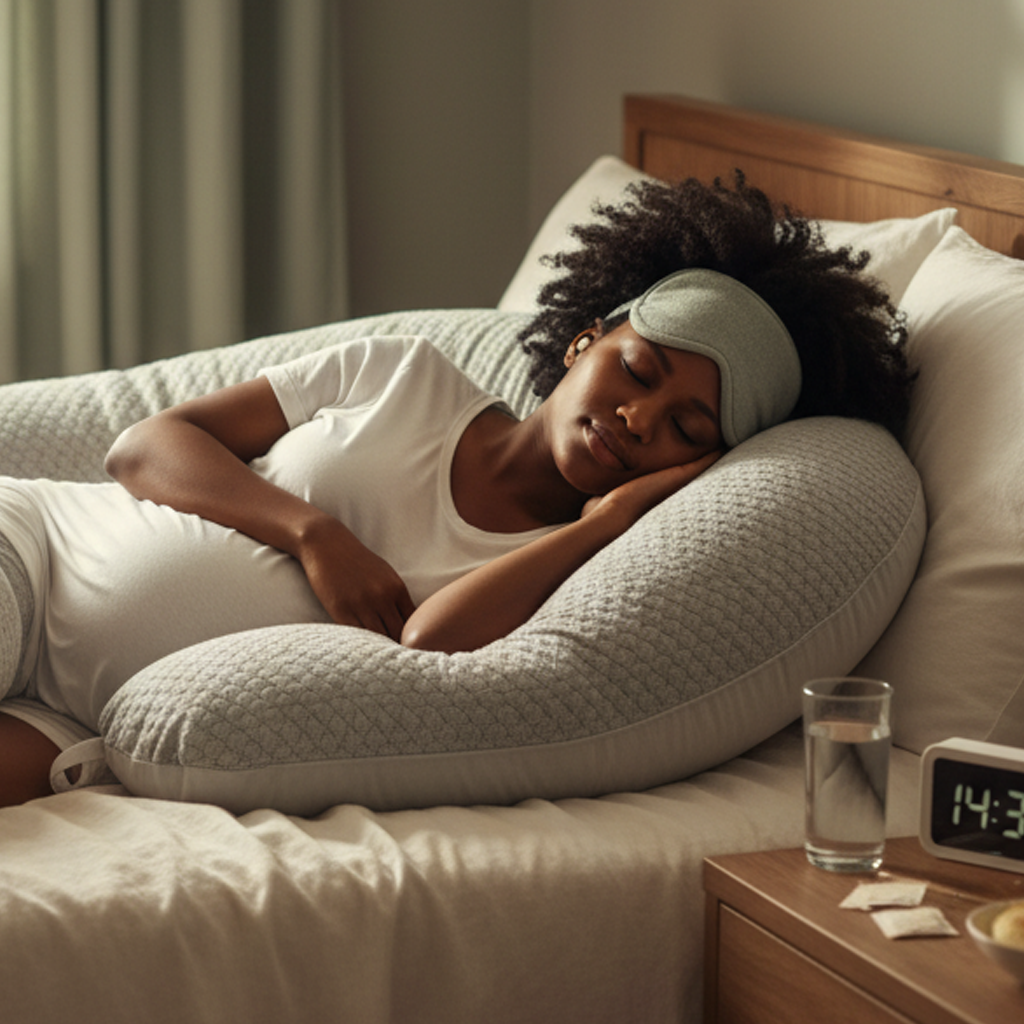
Pregnancy Nap Tips
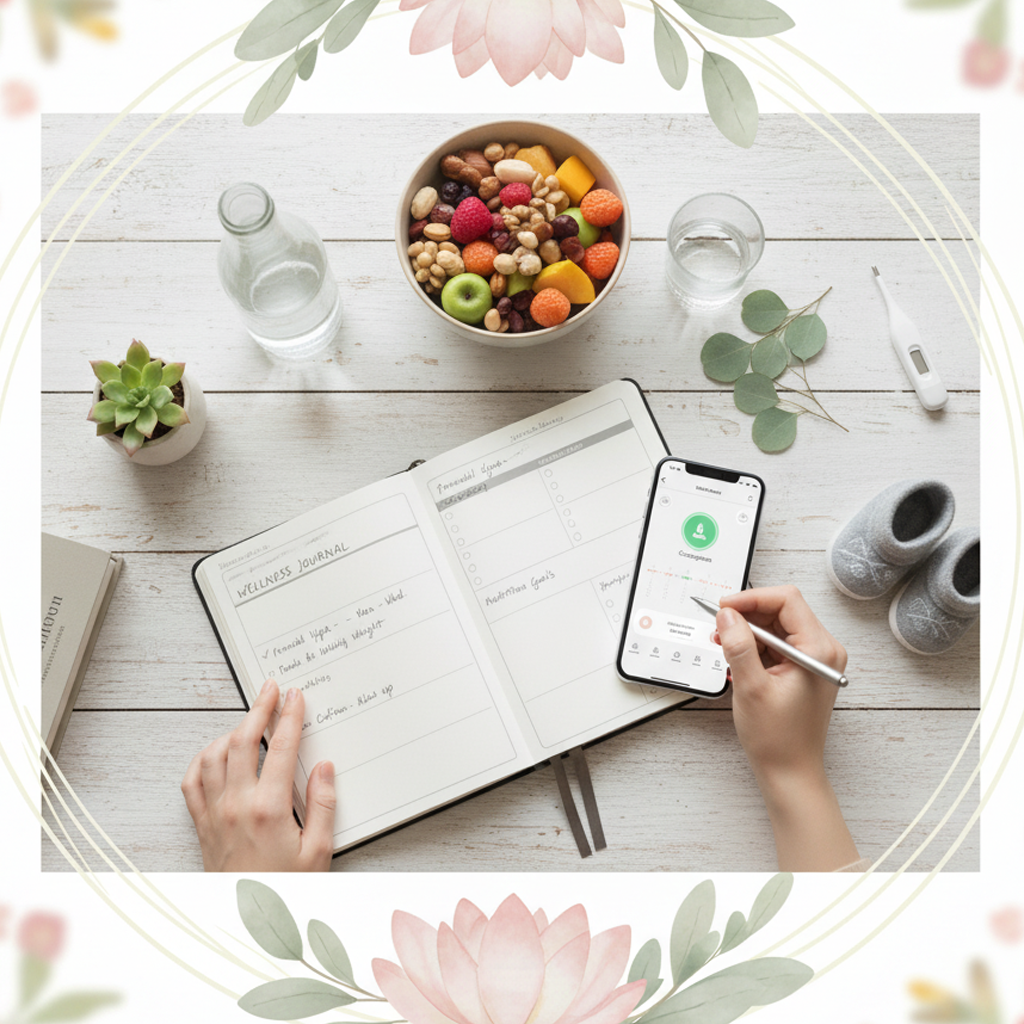
Conception Wellness
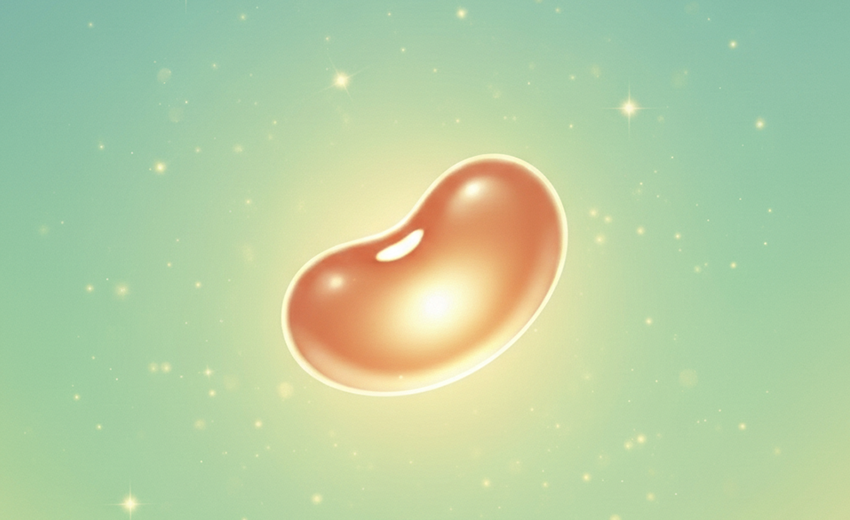
Week 6 - Limb Buds Appear
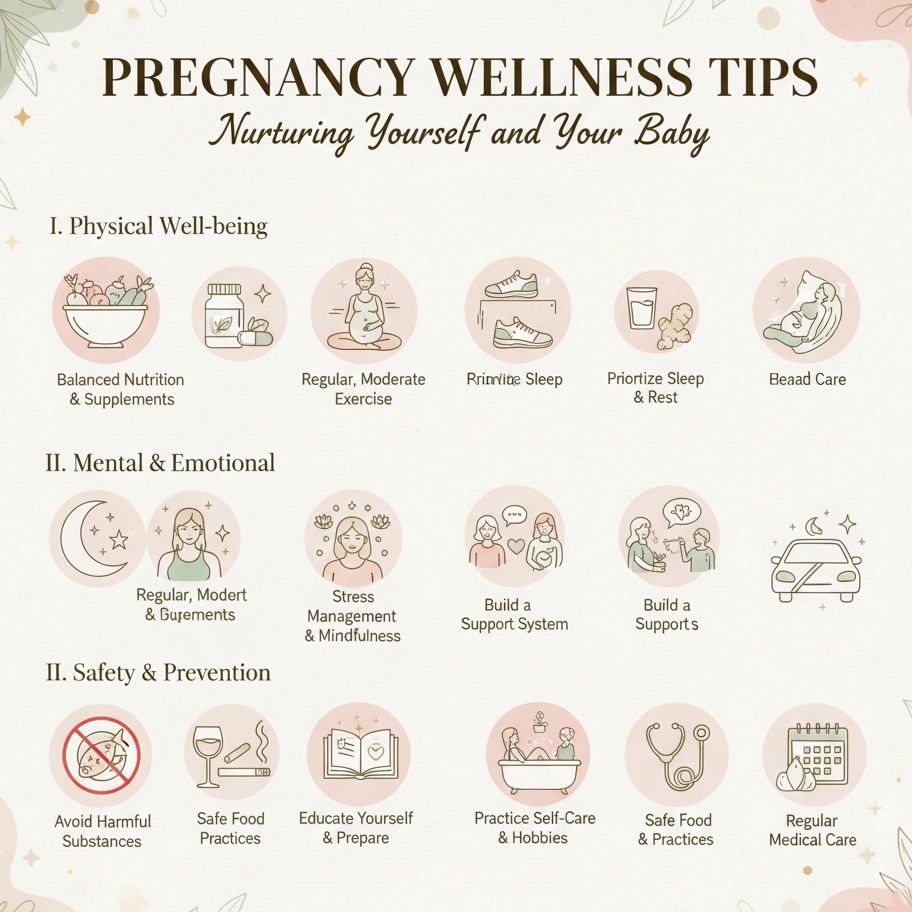
Pregnancy Wellness Tips

Week 25 - Brain Growth Spurt

Week 26 - Eye Opening
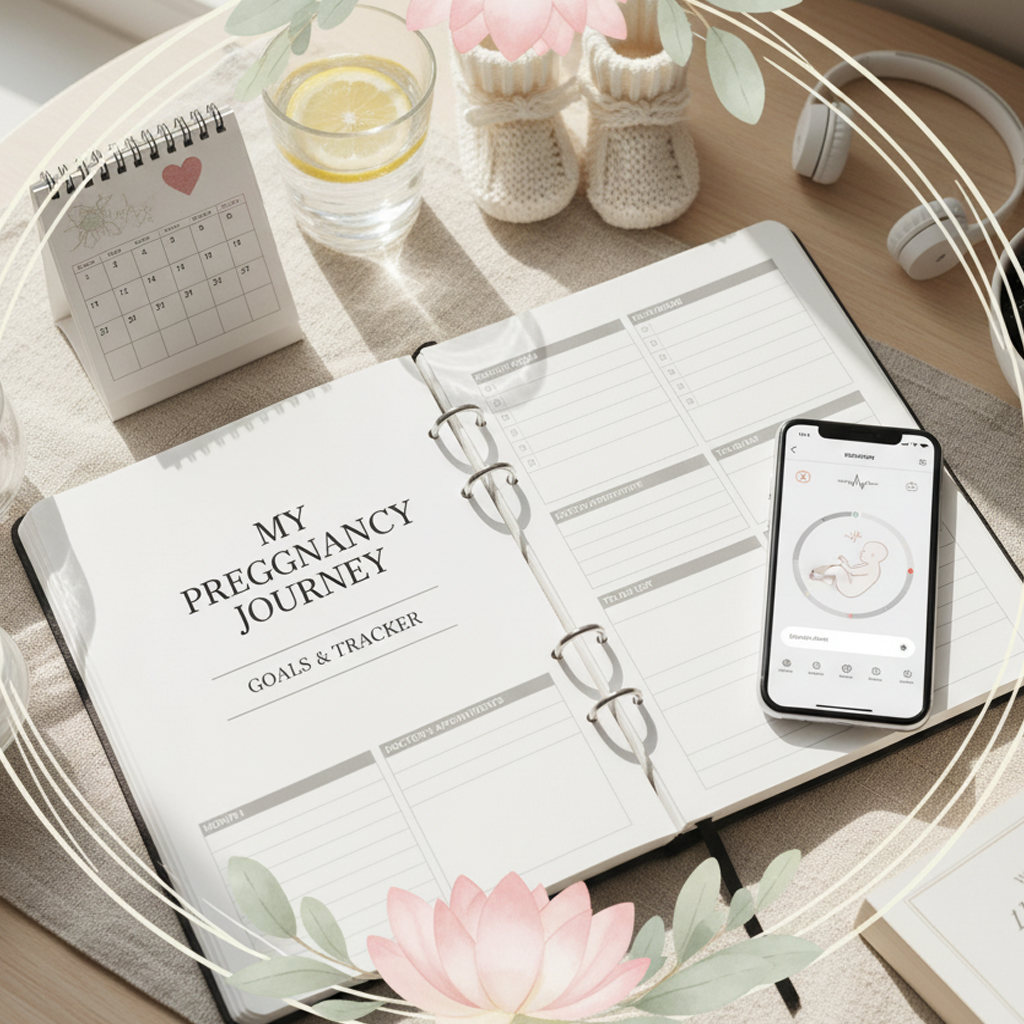
Pregnancy Goal Setting

Cycle Self-Care Rituals